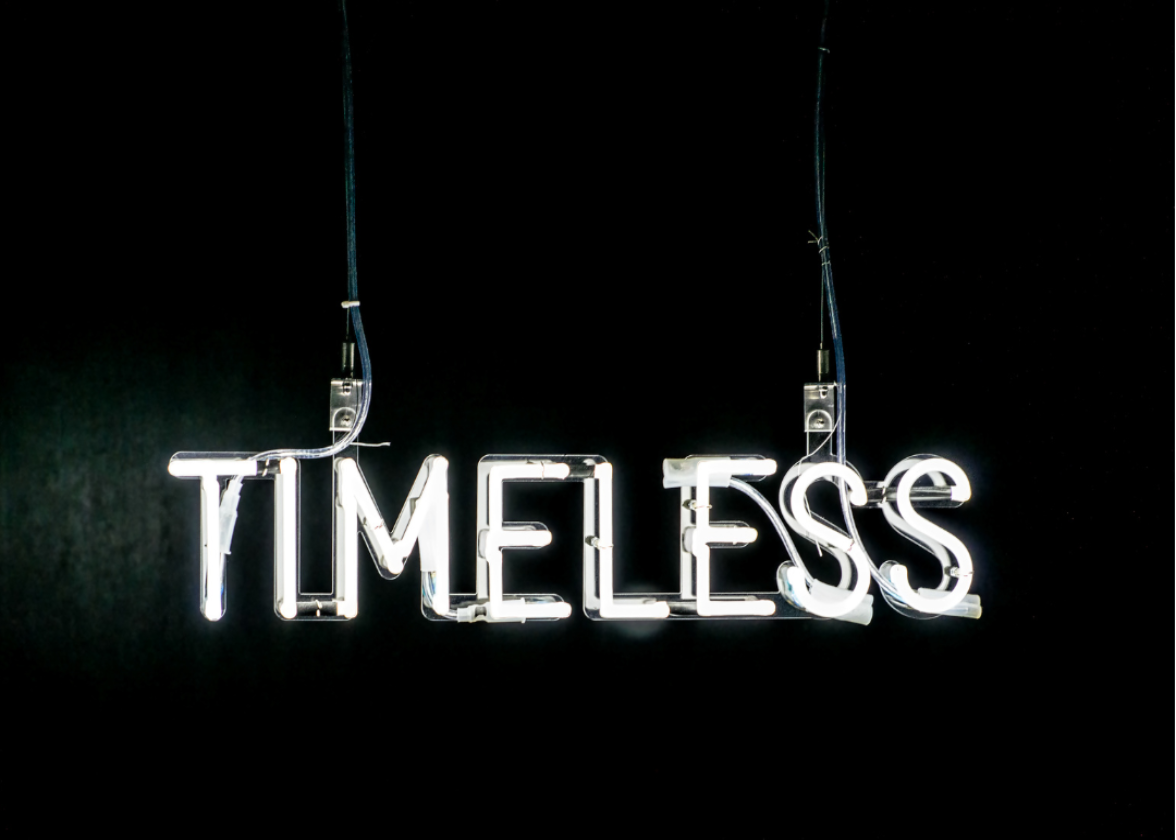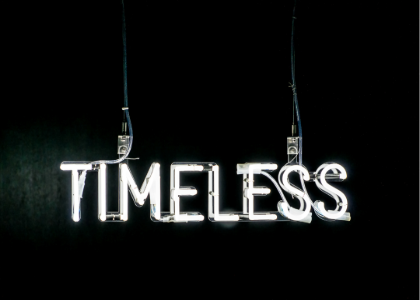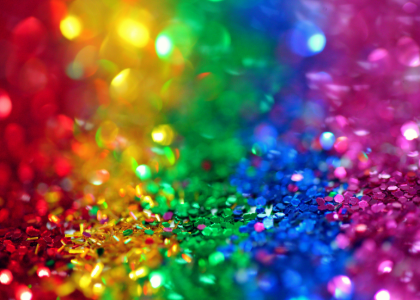Blog

6 logos that haven't changed in over 100 years
Some logos are so powerful that they transcend time. They become the reflection of a strong brand identity, recognized at first glance, even decades after their creation. Whether through their simplicity, elegance, or symbolism, these old logos that have undergone no changes have become true icons of graphic design. But what do they have in common? And why do they still captivate audiences today? Let's take a look at logos that have made history, proving that a good logo is much more than just a visual; it is the foundation of a lasting brand image.
Red Cross

The International Red Cross organization adopted a logo in 1863 so that it was easily recognized on the battlefield. It was officially adopted at the Geneva Convention the following year and has since symbolized neutrality and protection. This symbol is also protected by international law: only organizations and programs affiliated with the Red Cross are authorized to use it. Simplicity was at the heart of this design. It had to be identifiable at a glance anywhere in the world. The logo consists of a solid red cross on a white background, with no text or embellishments, making it instantly recognized. In some countries, this symbol was too reminiscent of Christianity. To address these cultural concerns, a second emblem, the Red Crescent, was introduced in 1929. As for the original cross, it has not been unchanged, more than 160 years after its adoption.
Johnson & Johnson

The logo of Johnson & Johnson, an American medical and pharmaceutical company, has a very special history. This signature logo was literally the signature of James Wood Johnson, the company's founder! Created in 1887, its curves evoke trust, tradition, and comfort in customers.
In 2023, 136 years after the creation of the original logo, the company rebranded, revising its visual identity. The handwriting was replaced by a sans serif font that was more in line with current graphic trends.
Louis Vuitton

Everyone knows this French designer's name along with the logo of the brand he founded. However, it was not Louis Vuitton himself who created this logo, but rather his son Georges, who designed it in 1896, four years after his father's death. The two initials, in capital letters, are written in a serif font, with the “V” in roman and the “L” in italics. It was important for Georges that the brand image honor his father. He also created the three motifs that adorn many Louis Vuitton products, each symbolizing a specific value: fortune, joy, and passion. These graphic elements have helped build a strong visual identity that is distinctive, elegant, and faithful to the brand's heritage.
Lindt

This Swiss master chocolatier knows how to make his logo last over time. The very first one, designed in 1845, was used until 1899, and the second, from 1899 to today! The latter also uses several components of the original logo, such as the dragon and the golden color, although it is now paler. This colour choice was intended to make its image more friendly to consumers, while continuing to emphasize the luxurious and refined side of Lindt products. The cursive font was introduced at the end of the 19th century, with its italics evoking the smooth movement of melted chocolate. The curve at the beginning of the line represents the artistic and creative side of the company, which has been innovating chocolate since 1845.
Cartier

This combined logo, both simple and refined, has stood the test of time without losing its strength. Its handwritten typography gives it a timeless elegance, faithful to the image of Cartier products. 115 years later, it is a logo that is instantly recognized, whether the name is with the symbol or not.
Chanel

Chanel's unique logo will celebrate its 100th anniversary in 2025. The minimalist emblem of this luxury brand has stood the test of time without ever going out of style. In fact, it was quite avant-garde when it was created in the 1920s, using black as its main color. In fact, this dark shade was shunned by designers of the time, who mainly associated it with death and mourning. It was considered inappropriate in the fashion world, but Coco Chanel breathed new life into it and proved that it could embody elegance and modernity. There are three variations of the Chanel logo: a symbol logo, a signature logo, and a combined logo. All feature the two interlocking 'Cs', perfectly balanced and refined, which reflect the brand's boldness and sophisticated simplicity. Regardless of the version used, Chanel's visual identity remains instantly recognized.
Over the decades, these companies and organizations have established themselves and strengthened their visual identity. The secret to their success? A combination of timelessness, clarity, and meaning. And these are just a few examples of companies that have created a lasting brand image. You can be inspired by them, or from Stella Artois, Peugeot, and Guinness, to create a logo with FreeLogoDesign that will stand the test of time. Who knows? Maybe your brand image will be analyzed in a hundred years!
More tips and tricks on the blog


